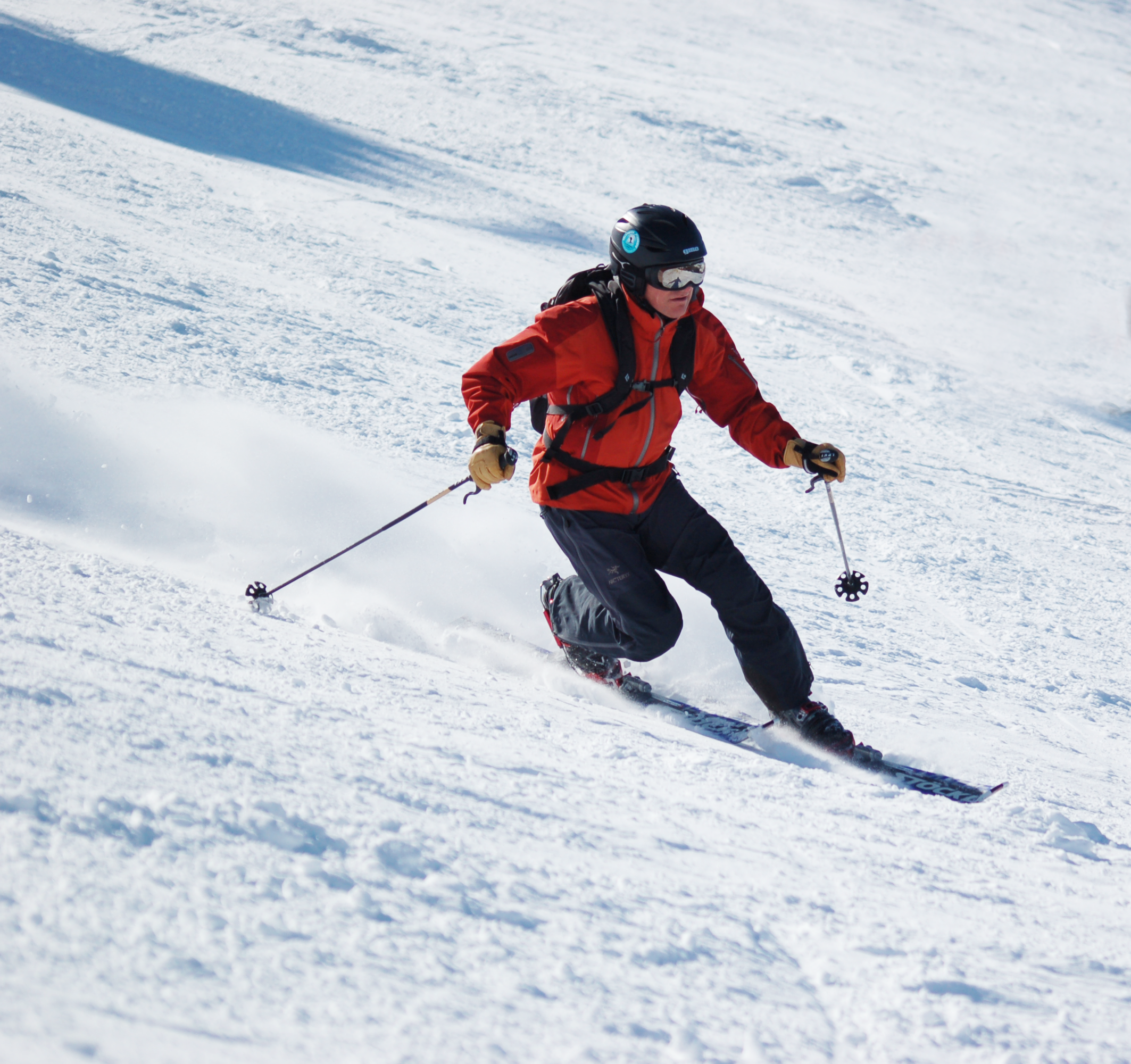
Always wear a helmet when climbing. You never know when you’ll encounter natural rock fall or dislodged debris. A good helmet will protect your head from both falling rocks, against impacts with fixed obstructions and if you take a fall. Modern helmets are lightweight with excellent aeration so there’s really no excuse not to wear one. This guide explains the different helmet constructions and gives fitting tips to ensure that you choose the most suitable helmet for your needs.
Helmet Types
There are three main types of helmet construction.
Expanded Foam Helmets
These are the lightest available and use a polystyrene or polypropylene foam crown which is usually protected by a thinner external shell. Upon impact energy is absorbed by the foam which is permanently crushed by plastic deformation. These helmets offer effective protection from the vertical, front, rear and lateral impacts most likely to occur when falling. The helmet should be replaced once the foam has suffered an impact and deformation. The durability of foam helmets depends upon the thickness of the external shell. This is usually quite thin to save weight and foam helmets are less durable than suspension helmets. With time the shock absorbing capacity of the foam usually decreases and it is recommended to replace these helmets even if no impact has occurred.
Tough Shell with Suspended Cradle Helmets
This more traditional design uses a solid outer shell with suspended webbing that holds the helmet in place on the head. The typical construction hat design. The tough shell is usually made of polythene, polycarbonate or similar plastic. Energy is absorbed primarily by elastic deformation whereby the shell deforms on impact but will usually then return to the original shape. These helmets offer good protection and energy absorption from vertical impacts such as falling rocks but are pretty heavy and are poorly ventilated. They’re durable but have been largely superceded by the hybrid shell / foam helmets.
Hybrid Shell / Foam Helmets
These are a great choice for most mountain activities. A tough external plastic external shell covers an expanded polystyrene foam layer around the head. This hybrid construction offers the best of both worlds in terms of protection since the external shell protects by elastic deformation, while the internal foam protects by plastic deformation. These helmets are tough enough for year-round use, for ice and winter climbing as well as summer sport routes. They’re lightweight, comfortable and well aerated to be comfortable even when it’s hot.
Headlamp Compatibility
Most modern helmets come complete with clips for attaching your headlamp. If this is an important consideration for you it’s well worth double-checking how the two fit together when buying. If you’re buying online and you’d like us to check this for you please get in touch.
Visors and Face Shields
Some helmets such as the Kong Scarab can be fitted with an optional visor, while Petzl make a face shield for the Elios. These can be useful for ice climbing or when cleaning routes.
Choosing your Helmet
Which helmet is best for your depends upon your climbing style, and of course on fit. Take the time to try several helmets on to see which is best for you. Expanded foam helmets are light and offer excellent comfort but may not be rugged enough for a multi-day adventure where stone fall could be a problem. A tougher shell or hybrid helmet will offer protection from repeated impacts while weighing only slightly more. Going ski touring? Then choose a foam helmet since weight is all important. Mainly a summer climber? Make sure that you have sufficient aeration. Most helmets come in two sizes. Apart from the shape of the helmet, and how this fits with your head, you can usually optimize the fit using the adjustable headband and chin strap.
Helmet Safety Standards
All helmets we sell have passed accreditation with the UIAA (Union Internationale des Associations d’Alpinisme) standard UIAA-106 or the CEN (European Committee for Standardisation) standard EN-12492. Both organizations use a test rig to support the helmet and a 5kg weight is dropped from a height of 2 metres. Impact tests are also carried out from the front, side and rear. The tests measure the impact force on the test rig. The lower the impact then the better the protection offered by the helmet. The maximum force allowed for the EN-12492 standard is 10 kN, while for the UIAA-106 it is 8 kN. The UIAA certified helmets have therefore passed a stricter standard which transmits 20% less force to the head, so bear this in mind when choosing a helmet. It’s virtually impossible to tell whether a helmet has suffered an impact, so don’t be tempted to save money buying a second hand helmet. If your helmet has suffered a major impact then we strongly recommend that you change it. Climbing helmets do not last forever, but have a limited lifespan and foam helmets should specify the recommended retirement date.



